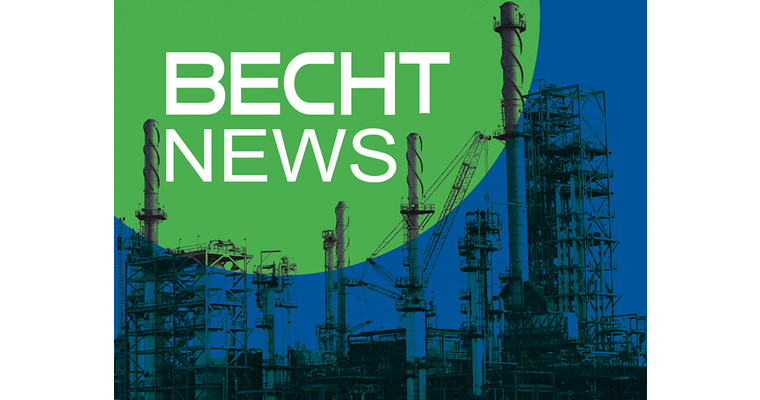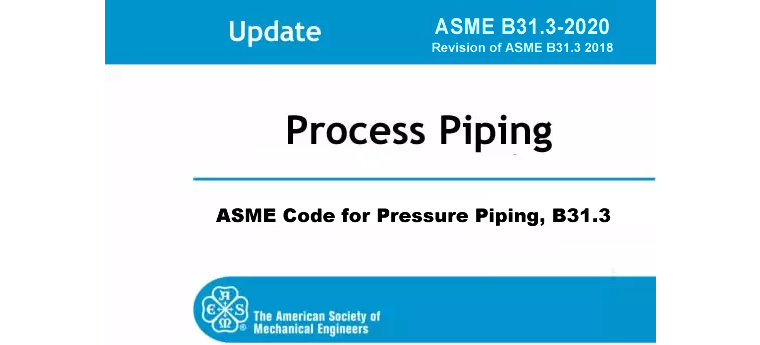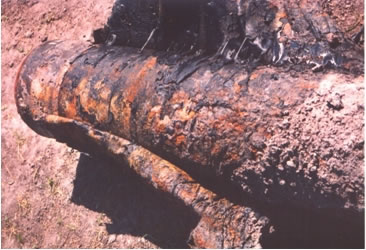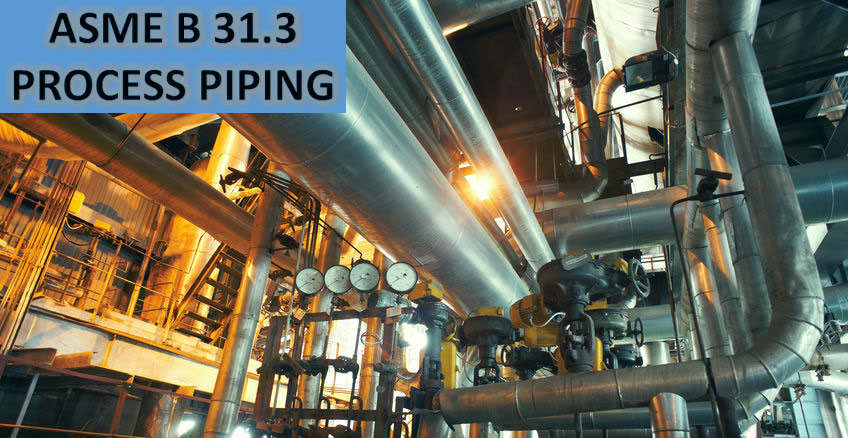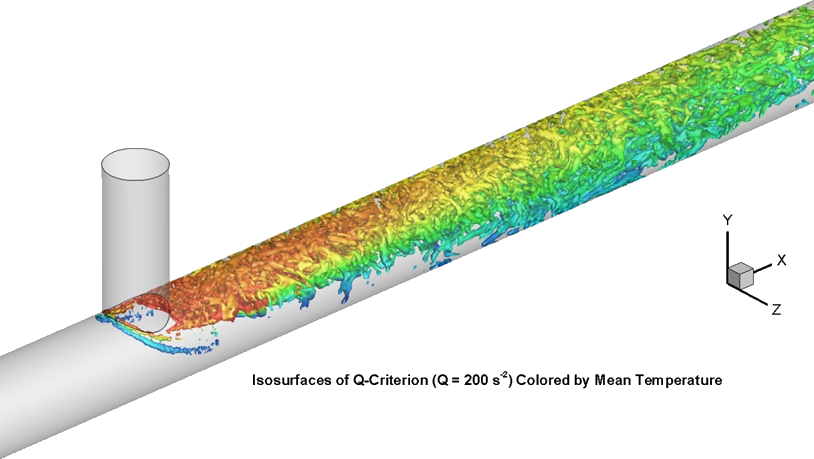Process Piping – The New Complete Guide to ASME B31.3 Is Available
Fully updated for the 2020 Edition of the ASME B31.3 Code, this fourth edition provides background information, historical perspective, and expert commentary on the ASME B31.3 Code requirements for process piping design and construction. It provides the most complete coverage of the Code that is available today and is packed with additional information useful […]



